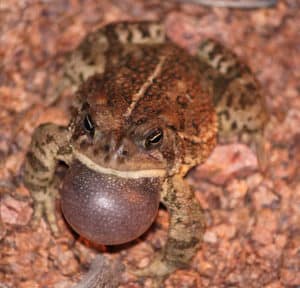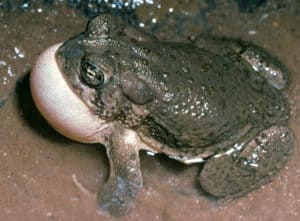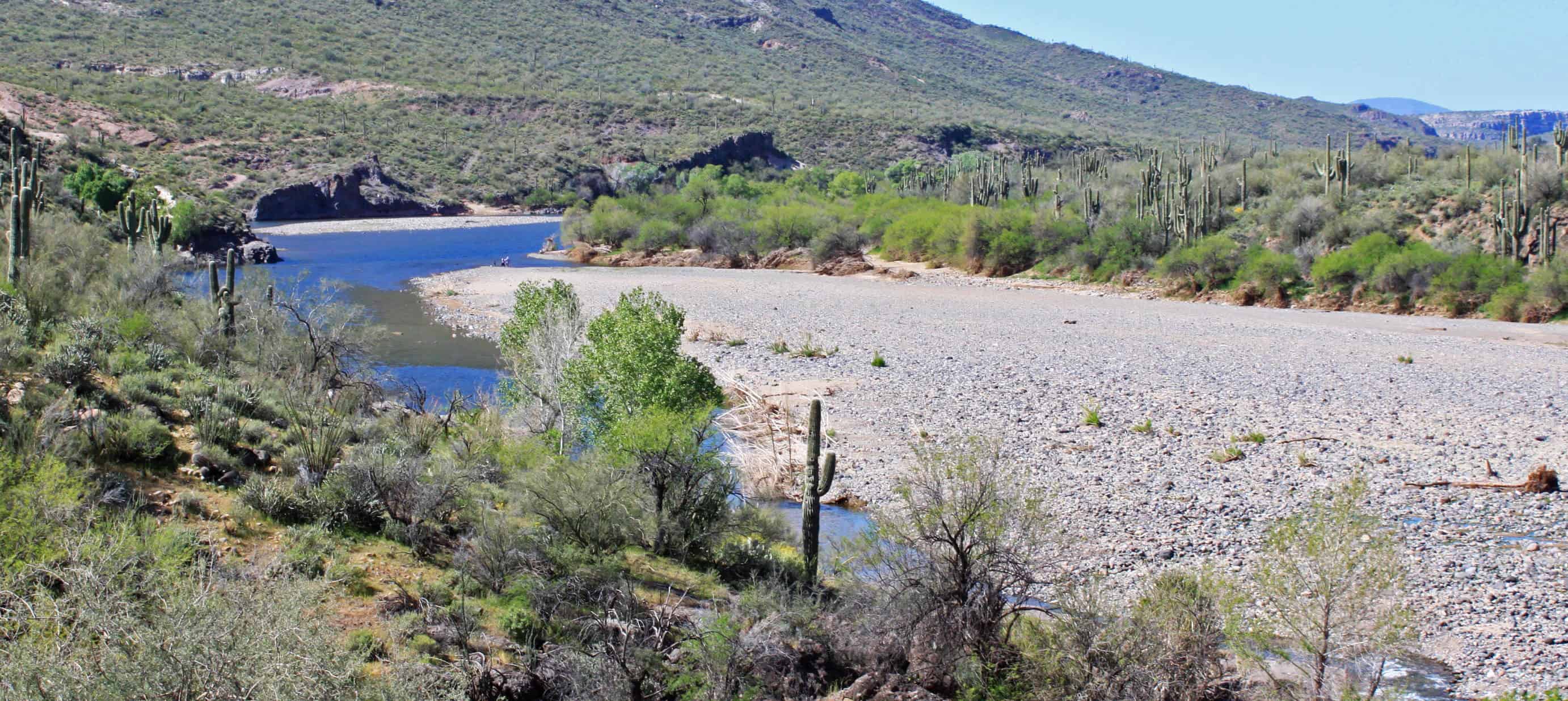Share this article
Arizona toads holding ground from generalist cousins
Populations of Arizona toads are standing their ground despite the generalist nature of their cousins downstream.
“I call them the ‘trash can toad’” because they will breed in just about any body of water,” said Jessica Wooten, an associate biology professor at Piedmont College in Georgia and the lead author of a study published recently in the Journal of Herpetology.

The Woodhouse’s toad often does better in altered environments. ©Brian Sullivan
The Arizona toad (Bufo microscaphus) is endemic to the Southwest, and is protected in Arizona, Utah and Nevada. Its close cousin, the Woodhouse’s toad (Bufo woodhousii), lives downstream from the Arizona toad in parts of Arizona and is more of a species generalist, both in terms of its diet and the environment it prefers.
The two species look fairly similar, but the Arizona toads lack a dorsal stripe and ridges between the eyes that Woodhouse’s have, among other differences, said Brian Sullivan, a professor at Arizona State University and a co-author on the study.
In fact, since these two species are closely related, they can interbreed with each other and create hybrid offspring where their ranges overlap.

The Arizona toad is protected in Utah, Nevada and Arizona. ©Brian Sullivan
Wooten and her colleagues wanted to see whether building a water impoundment along the Agua Fria River in Arizona led to the expansion of Woodhouse’s toad into Arizona toad territory, hypothesizing that the generalists would do better in the altered environmental conditions created by the impoundment than the Arizona toads.
They examined the morphology and analyzed the genes of 260 individual toads from 10 populations including three known Woodhouse’s, three known Arizona toads, and four populations of hybrids in the water impoundment zone that loosely separates the two species.
“We expected universal replacement,” Wooten said, since Woodhouse’s toads are more tolerant of altered environments. The dam built opened the opportunity for the Woodhouse’s toads to move north.
But they found this wasn’t the case. “It seems like the Arizona toad is holding its own,” Wooten said, adding that even the hybrid area didn’t seem to be expanding much. “We found stability in the hybrid zone.”
She still isn’t sure what’s stopping the generalists from moving upstream into Arizona toad territory, but it might be that the habitat to the north is undisturbed, and therefore favors the native Arizona toads. However, further research will be needed to nail down these causes.
Header Image: The Agua Fria River in Arizona, just north of a water impoundment that researchers believed would help Woodhouse’s toads expand into Arizona toad territory. ©Brian Sullivan








